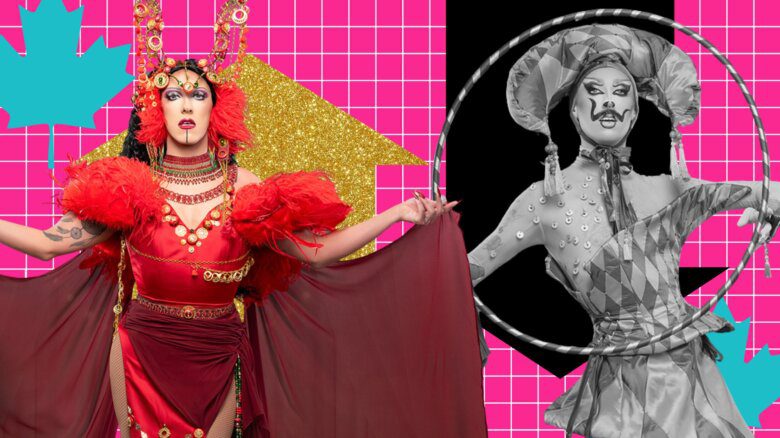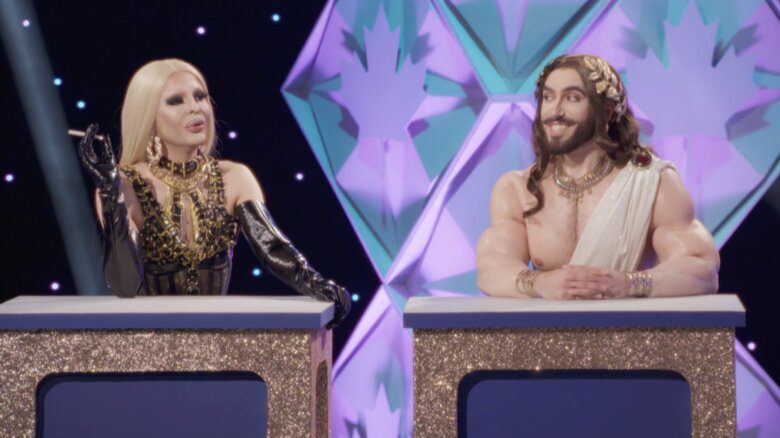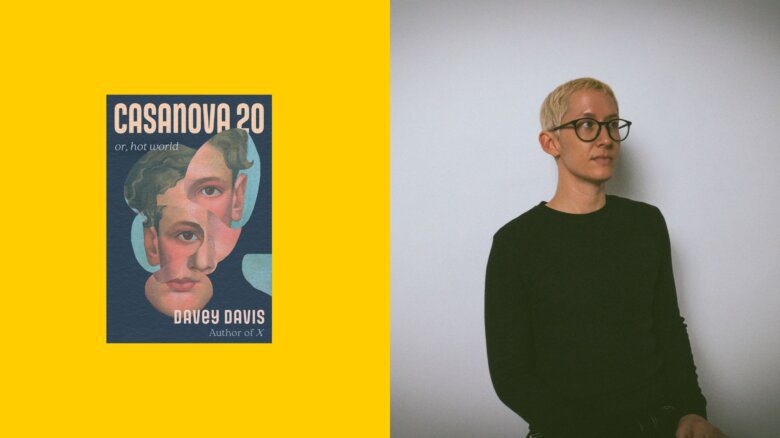Whether it’s his art practice, his geographic location or his gender, Michael Dudeck is hard to pin down. Blending performance, video, drawing, photography, sculpture and writing, his portfolio gives new meaning to the word interdisciplinary. Though he hails from Winnipeg and maintains close ties to the art scene there, his itinerant lifestyle means he’s rarely in one place for more than three months. And though he uses male pronouns, his gender identity is as flexible as his home base or his creative output.
His travels this year will bring him to Toronto as part of the Progress Festival to present the latest edition of The Messiah Complex. A “ritual lecture performance,” Version 5.0 melds drawings, text, chanting and video.
“I shape-shift between human and primate, prophet and prostitute, animal and machine,” Dudeck says in his characteristically poetic style. “Ultimately, I’m aiming to bring together the academic lecture, performance art and the religious sermon in a queer hyper-ritual involving technology and the constant altering of my presence through gender and animal signifiers.”
Presenting the work here represents a sort of homecoming for Dudeck. Though the series has taken him to the United States, Italy and Sweden, it had its conception in Toronto in 2009 after his first solo exhibition at Pari Nadimi Gallery. Along with the drawings, photographs, video and sculpture that made up the exhibition, the show featured an effigy that he “stylistically sacrificed” during a performance.
“One critic commented that it was as though I’d created my own religion,” he says. “Suddenly, I saw a larger calling to create a sort of fictional queer religion and prehistory, a kind of religious saga spanning multiple generations that performed gender and sexuality within an invented database from the past.”
Combining aspects of the first four versions, 5.0 includes more personal elements. Cutting away some of the artifice his work is known for, the performance shifts toward a more personal form of storytelling, with a projector in place of a campfire and some scaffolding standing in for the stars.
The idea of a messiah figure, a character given the task of using influence to rally people, has been prominent in Dudeck’s work, even before this series. Given his fixation on the messianic, one is left to wonder: is he trying to save the world?
“You’d think with all the work I do around the theme of deliverance, I would believe the world can be saved,” he says. “But I’m not sure that’s really our task. At the end of the day, despite a larger calling and the fact that it has the power to change culture and change the reality of people’s lives, I believe art is just a way for me to explore myself.”
The Messiah Complex 5.0
Created and performed by Michael Dudeck
Thurs, Feb 5, 9pm
Theatre Centre, 1115 Queen St W
$15-18
416-538-0988
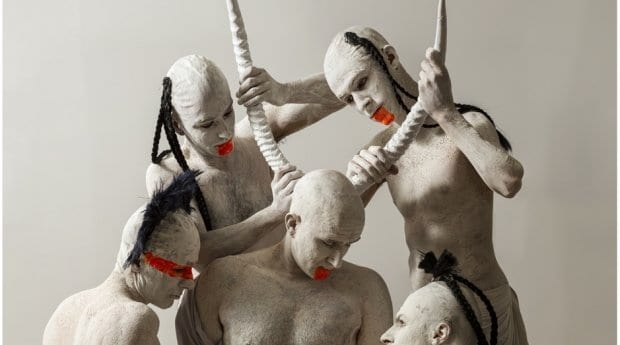
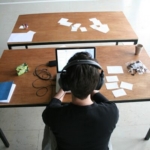
 Why you can trust Xtra
Why you can trust Xtra